Fish and fishers of the Colombian Seas
Colombian waters harbour a rich community of sharks and rays (elasmobranchs). Camila will survey artisanal fishers to learn more about the elasmobranch and human communities that survive along Colombia’s coast.
I developed a keen interest in science, particularly in animals and their behaviour, as a young child growing up in Colombia. I wanted to study marine biology, but the political turmoil and economic instability of that country limited my opportunities to learn and get involved in research, since routes to the coast were blocked by the guerrillas and many areas were deemed unsafe to travel to. In 2000 I moved to the United States, where I was exposed to opportunities that reinforced my desire to be a scientist. One key experience was volunteering at my local aquarium, the Discovery Place...
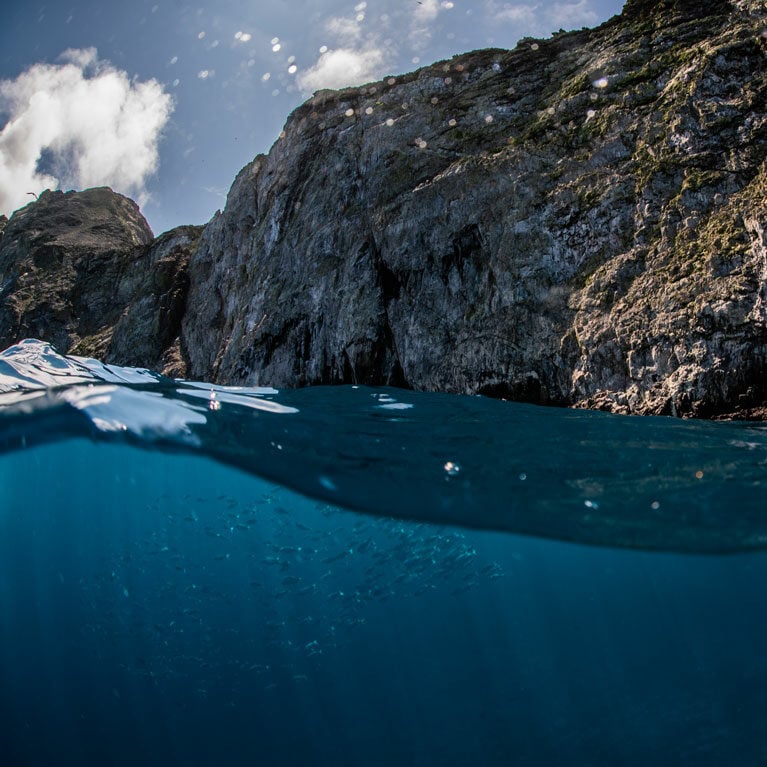
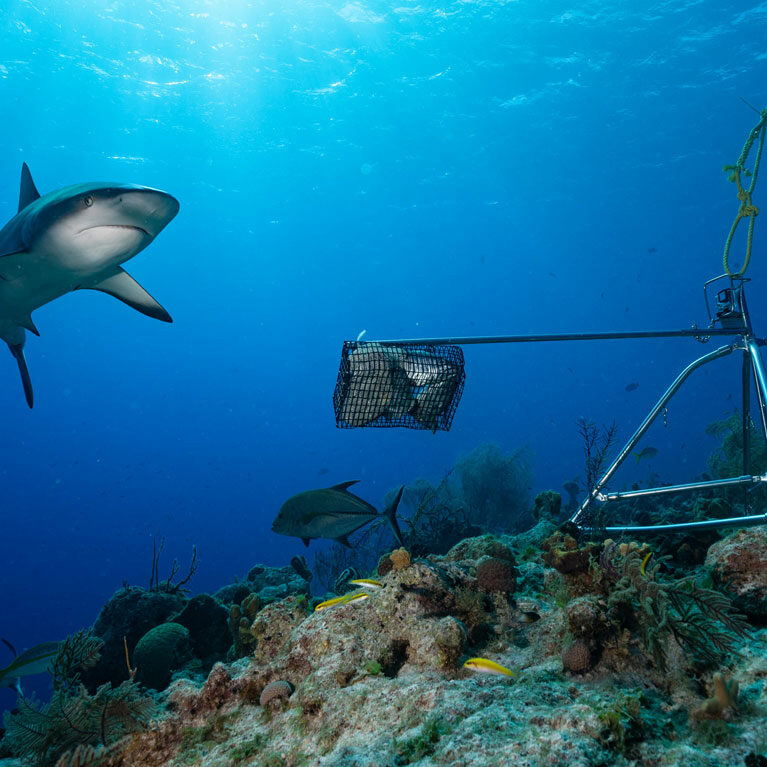
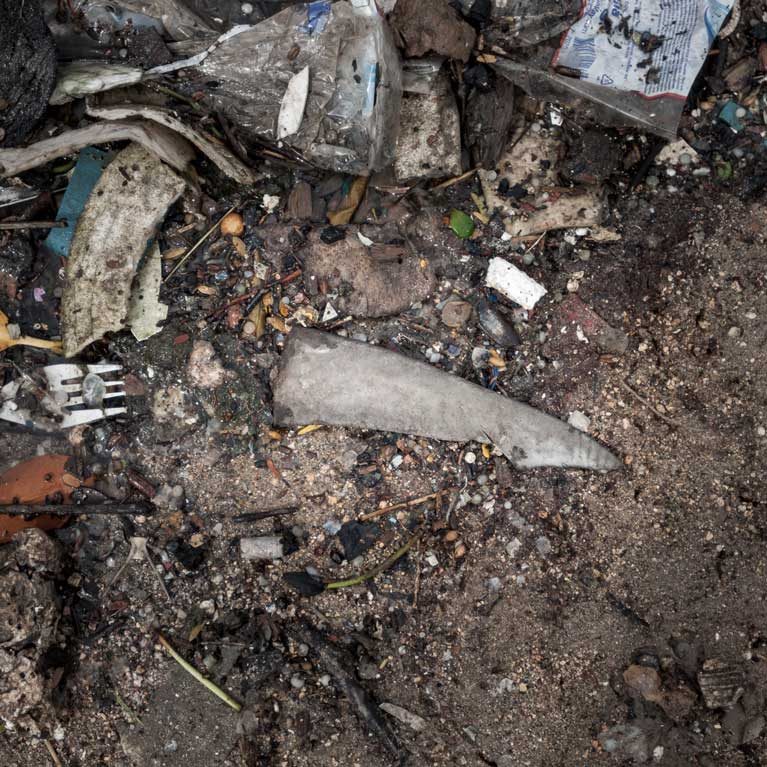

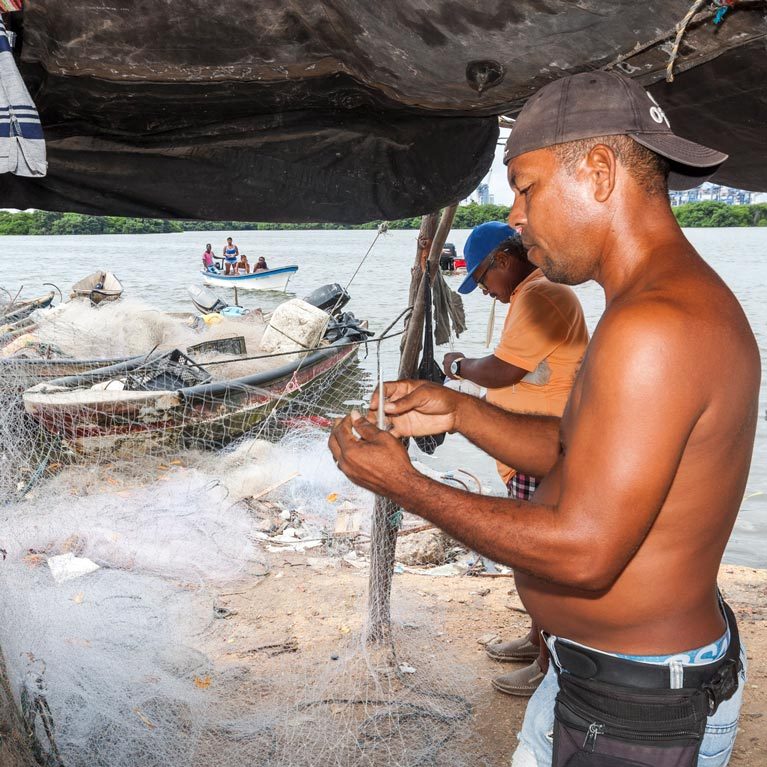

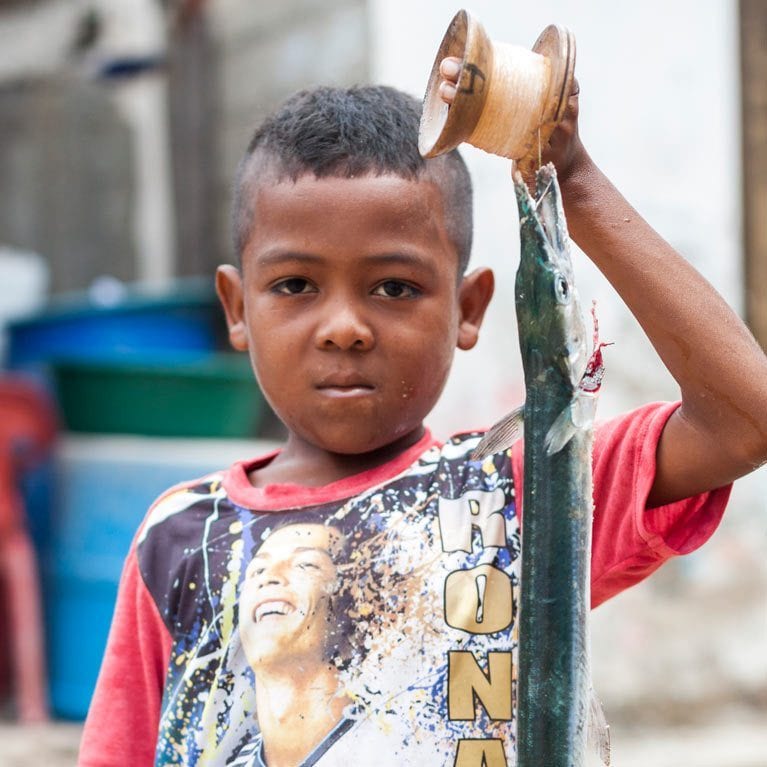

Magnitude of elasmobranch exploitation and bycatch in artisanal fisheries of Colombia using fisher's knowledge
The aim is to assess the magnitude and importance of elasmobranch catch and bycatch in artisanal fisheries of the Colombian Caribbean.
Elasmobranchs have been quickly declining on a global scale due to directed fishing and bycatch, including in the Caribbean Region. They are particularly vulnerable to fishery bycatch because of their life history traits including low fecundity, slow growth, late age at maturity and large size. The issue of fisheries impact has to date primarily been investigated in industrial fisheries, and very little attention has been given to assess the extent of elasmobranch exploitation and bycatch in artisanal fisheries. In Colombia, the Caribbean artisanal fishery employs an estimated 12,500 people yet the number of boats is unknown (FAO 2001). There are no official governmental records of the artisanal fleet, areas fished, gear used, or fishing effort made for the elasmobranch fishery, thus there is no reliable catch data to analyze. This study will help to define management actions for the sustainable use of elasmobranchs along the Caribbean coast of Colombia.
In the Caribbean, artisanal fisheries are of considerable social and economic importance to regional human populations; yet due to the absence of data, the magnitude of direct exploitation and by catch is unknown. By employing multiple gears, these fisheries can negatively impact the abundance and species composition of vulnerable taxa with continued unregulated exploitation; especially in light of the already depleted populations of sharks throughout much of the region. This can potentially lead to continued declines, local extinction, or suppressed recovery of key species with consequences not only for those species, but also for the coastal ecosystems they belong to. Negative impacts to commercial species that are critical to the livelihoods of local human populations may be incurred with the loss of elasmobranchs. The flexible and informal nature of most artisanal fisheries make them very difficult to monitor and observer programs are very difficult to implement, due to logistical constraints such as small boat size. However, when data collected on fishing vessels is unavailable or impossible to collect, the knowledge of fishermen can be exploited from structured questionnaire surveys. Recently there has been an increase in the use of social sciences to better understand the interactions between artisanal fisheries and marine ecosystems, particularly charismatic species such as marine mammals, elasmobranchs and sea turtles in developing countries. In spite of the limitations of social survey data (data are generally more qualitative than quantitative), this methodology enables assessing the interaction (spatial and temporal) between fisheries and vulnerable species. Even though this method has been previously used in the Caribbean Region to investigate the past and present status of West Indian manatees (including in Belize, Colombia, Dominican Republic, Haiti and Mexico), there is still a current need for capacity building in Colombia, particularly for elasmobranch identification and data collection in artisanal fisheries.
- Hold a workshop in Cartagena where coordinators from each sampled department will be qualified to train and supervise interviewers who will collate data from interview surveys to fill in a national database.
- Help fishermen identify and learn about elasmobranchs through the use of standardized identification cards, in order to correctly assess elasmobranch catch and bycatch rates during interview surveys.
- Conduct 200 surveys in the San Andres archipelago and continental coast to evaluate the importance of elasmobranch fisheries and bycatch in artisanal fisheries of the Colombian Caribbean
- Conduct an Ecological Risk Assessment (ERA), to identify the most threatened species and the most impacting fishing gears.
- Disseminate results to the general public, local management bodies and scientific community in order to assist in designing conservation actions.

